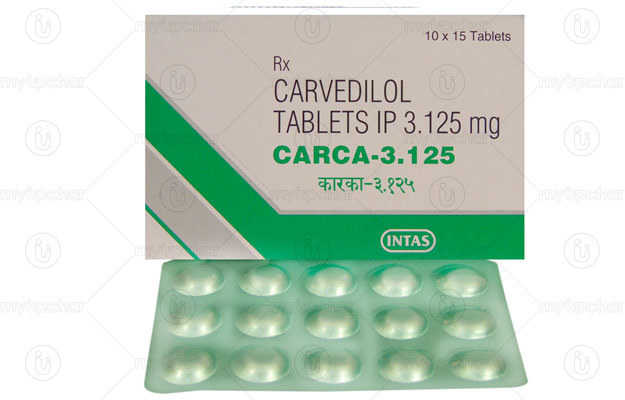Cardif 10 Mg Tablet, a prescription drug, is manufactured in various forms such as Tablet. Primarily, it is used for the treatment of High BP. Cardif 10 Mg Tablet also has some secondary and off-label uses. These are listed below.
The right dosage of Cardif 10 Mg Tablet depends on the age, gender, and medical history of the patient. Besides the medical condition it is advised for, the route of administration also plays an important role in determining the correct drug dosage. Refer to the dosage section for a detailed discussion.
Cardif 10 Mg Tablet also has some side effects, the most common being Ankle Swelling, Flushing, Headache. Some other side effects of Cardif 10 Mg Tablet have been listed ahead. These side effects of Cardif 10 Mg Tablet are usually temporary and subside with the completion of treatment. Please speak with your doctor if these side effects worsen or persist for a longer duration.
In addition, Cardif 10 Mg Tablet's effect is Severe during pregnancy and Safe for lactating mothers. Warnings related to Cardif 10 Mg Tablet's effects on the liver, heart and kidney, if any, have been listed below.
Cardif 10 Mg Tablet is not recommended if you suffer from certain medical conditions as it can have adverse effects. Aortic Stenosis are examples of such conditions. Other conditions have been mentioned below in the Cardif 10 Mg Tablet contraindications section.
Additionally, Cardif 10 Mg Tablet may also adversely react with other medicines. Refer to the list below for further details.
In addition to the above precautions for Cardif 10 Mg Tablet, it is important to know that it is not safe while driving, and is not habit-forming.
X






















